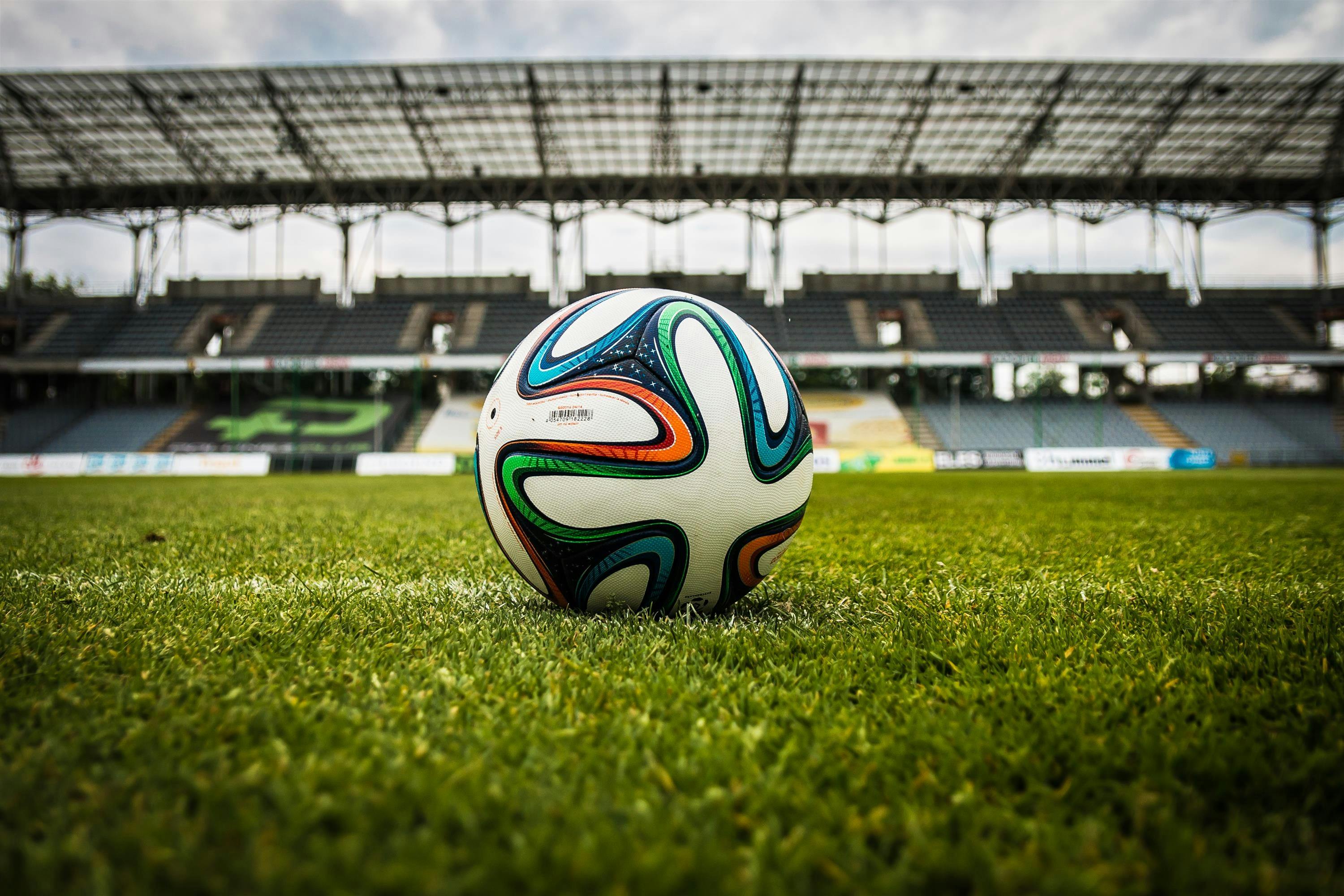
Football tactics have evolved more in the past decade than in the previous fifty years combined. The modern game bears little resemblance to the football our parents watched, with revolutionary approaches to positioning, pressing, and ball progression transforming how teams compete at every level. From the elite clubs of Europe to grassroots academies worldwide, a tactical revolution is reshaping the beautiful game.
This evolution isn't just about formations written on a whiteboard—it's a fundamental reimagining of space, time, and decision-making on the pitch. Data analytics, sports science, and innovative coaching minds have converged to create a more dynamic, fluid style of play that demands new skills from players and offers fresh excitement for fans.
The Death of Traditional Formations
The classic formations that defined football for generations—4-4-2, 4-3-3, 3-5-2—are becoming increasingly irrelevant. Modern teams don't maintain static shapes; instead, they morph constantly between attacking and defensive structures, with players adopting different roles depending on whether their team has possession.
According to tactical analysts, top teams now operate with at least three distinct shapes: one in possession, one when defending in a mid-block, and another when pressing high. Full-backs might become central midfielders when attacking, while wingers drop deep to create numerical advantages in buildup phases.
This fluidity requires exceptional tactical intelligence from players. The days when a winger simply stayed wide and crossed balls are long gone. Modern attackers must understand spatial relationships, recognize when to invert, and make split-second decisions about when to hold position versus when to rotate.
Pressing Systems: The New Battleground
Perhaps no tactical element has evolved more dramatically than pressing. What was once a relatively simple concept—closing down opponents quickly—has become a sophisticated chess match involving triggers, traps, and coordinated movements across the entire team.
Modern pressing systems are built around specific triggers that activate coordinated pressure. These might include a poor touch, a pass to a particular zone, or even a predetermined cue like a striker's movement. When the trigger occurs, multiple players spring into action simultaneously, closing passing lanes and forcing errors.
- Counterpressing (Gegenpressing): Immediately winning the ball back after losing possession, pioneered by coaches like Jürgen Klopp
- High pressing: Aggressively pressing in the opponent's half to force turnovers in dangerous areas
- Mid-block pressing: Allowing opponents to advance before triggering pressure in midfield zones
- Low block with press triggers: Defending deep but springing coordinated pressure at specific moments
- Man-oriented pressing: Following specific opponents rather than zonal marking during pressing sequences
The intensity required for modern pressing systems explains why sports science and fitness training have become so crucial. Players need exceptional endurance to maintain these high-intensity efforts throughout matches, along with the recovery capacity to perform consistently across congested fixture schedules.
Positional Play and Building From the Back
The evolution of buildup play represents another seismic shift in modern football. Goalkeepers now need excellent distribution skills, while center-backs must be comfortable receiving the ball under pressure and playing passes between lines.
Positional play, heavily influenced by coaches like Pep Guardiola, emphasizes creating numerical and positional advantages in specific zones. This involves careful spacing, precise positioning, and patient ball circulation to draw opponents out of position before exploiting the spaces created.
As detailed by UEFA's tactical education programs, successful positional play requires players to understand concepts like creating passing triangles, occupying half-spaces, and providing progressive passing options that break defensive lines.
The Role Revolution: Position-Less Football
Traditional position names are becoming outdated as player roles become increasingly hybrid. The modern full-back might function as a winger, central midfielder, or even center-back depending on the game phase. Strikers drop deep to create space or link play. Central midfielders make runs into the box that would have traditionally been made by forwards.
This positional flexibility creates problems for opponents who can't mark specific players because those players keep changing roles. It also demands extraordinary versatility from modern footballers, who must master skills across multiple positions and understand tactical principles rather than just learning a single role.
Youth development has adapted accordingly, with academies now emphasizing tactical education and positional flexibility over specialization at early ages. Young players train in multiple positions and learn to make decisions based on game situations rather than following rigid instructions.
Data Analytics: The Invisible Tactical Revolution
Behind all these tactical innovations lies a data revolution that's transformed how coaches analyze performance and make decisions. Modern teams track hundreds of metrics—from pressing triggers to passing angles, from sprint distances to positional heat maps.
This data informs everything from tactical adjustments during matches to long-term transfer strategies. Coaches can identify patterns in opponent behavior, track player development with precision, and make evidence-based decisions about tactics and personnel.
However, the best coaches combine data insights with traditional football knowledge and intuition. The numbers reveal what's happening, but experienced coaching minds interpret why it's happening and how to respond.
Set Pieces: The Overlooked Tactical Arms Race
While much tactical discussion focuses on open play, set pieces have undergone their own revolution. Teams now employ set-piece specialists who design elaborate routines involving decoy runs, blocking patterns, and carefully choreographed movements.
Statistical analysis has shown that set pieces account for approximately 30-40% of goals at elite levels, making them crucial tactical weapons. Modern set-piece design uses principles from basketball and American football, including screens, picks, and zone flooding to create scoring opportunities.
Comparing Tactical Approaches: Old vs. New
Traditional Football (Pre-2010):
- Pros: Clear positional responsibilities, easier to learn, less physically demanding, stable defensive structures
- Cons: Predictable, less flexible, vulnerable to modern pressing, limited buildup options, easier to defend against
Modern Tactical Football (2025):
- Pros: Fluid and unpredictable, creates numerical advantages, better use of space, more entertaining, adapts during matches
- Cons: Requires exceptional fitness, demands high tactical intelligence, difficult to master, vulnerable to mistakes, physically exhausting
Hybrid Approach (Recommended):
- Pros: Combines structure with flexibility, accessible to more teams, sustainable over full season, easier player adaptation
- Cons: Requires careful balance, may lack identity in either direction, needs strategic clarity from coaching staff
Recommendation: The most successful modern teams blend tactical innovation with pragmatic flexibility. Pure possession play or relentless pressing aren't always optimal—the best approach depends on squad capabilities, opponent strengths, and match situations. Teams should develop a clear tactical identity while maintaining the flexibility to adapt. For youth development, teaching tactical principles and decision-making skills matters more than drilling specific systems that may become outdated.
The Physical and Mental Demands
Modern tactical systems place unprecedented demands on players. The constant positional rotations, high-intensity pressing, and rapid transitions require elite fitness levels and exceptional recovery capacity.
Sports science has evolved to support these demands. Load management, nutrition protocols, recovery strategies, and injury prevention programs are now as important as tactical training itself. Teams carefully monitor player workloads to prevent overtraining and optimize performance across long seasons.
The mental demands are equally significant. Players must process complex tactical information in real-time, make quick decisions under pressure, and maintain concentration throughout matches where tactical details can determine outcomes.
Looking Forward: The Next Tactical Evolution
Football tactics will continue evolving as coaches innovate and new ideas emerge. Potential future developments include greater integration of real-time data during matches, more sophisticated use of space in the final third, evolution of defensive tactics to counter modern attacking systems, and increased emphasis on transition moments between attack and defense.
Artificial intelligence and machine learning may also play growing roles in tactical analysis and preparation, though the human elements of creativity, intuition, and leadership will always remain central to football's appeal.
Conclusion
The tactical revolution transforming modern football represents the sport's natural evolution in an era of improved athletic development, better coaching education, and sophisticated analytical tools. While some purists lament the loss of traditional simplicities, the modern game offers a level of sophistication and entertainment that captivates audiences worldwide.
For players, coaches, and fans, understanding these tactical developments enhances appreciation of the game's complexity. What might appear as random movement or chaotic action is actually carefully orchestrated tactical chess played at high speed.
The beautiful game remains beautiful, but it's now played with an intellectual and physical intensity that earlier generations couldn't have imagined. As tactics continue evolving, one constant remains: football's capacity to surprise, innovate, and inspire. The tactical revolution isn't ending—it's accelerating, promising even more exciting developments in the years ahead.
Whether you're a coach studying these systems, a player learning to implement them, or a fan seeking deeper understanding, embracing modern tactical concepts opens new dimensions of appreciation for football's endless complexity and enduring magic.
Follow Us: For more updates, stories, and partner links — visit our official Facebook Page and explore Our Sister Sites.

The Tactical Revolution: How Modern Football Is Being Reinvented From the Ground Up












.jpg)
.jpg)
.jpg)














